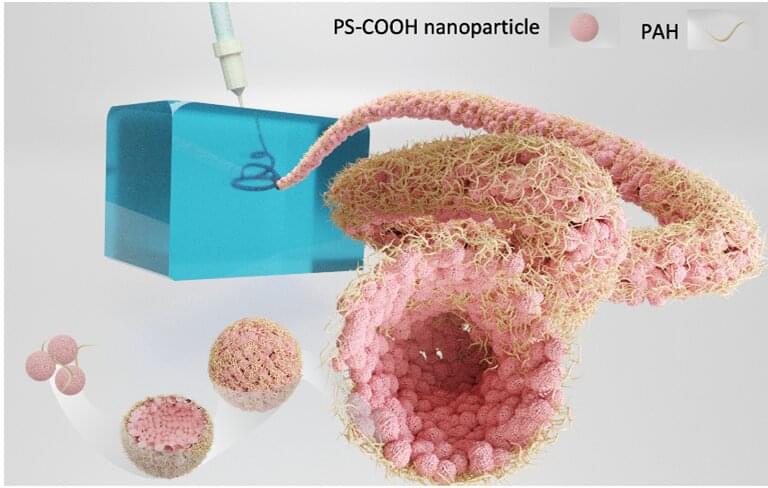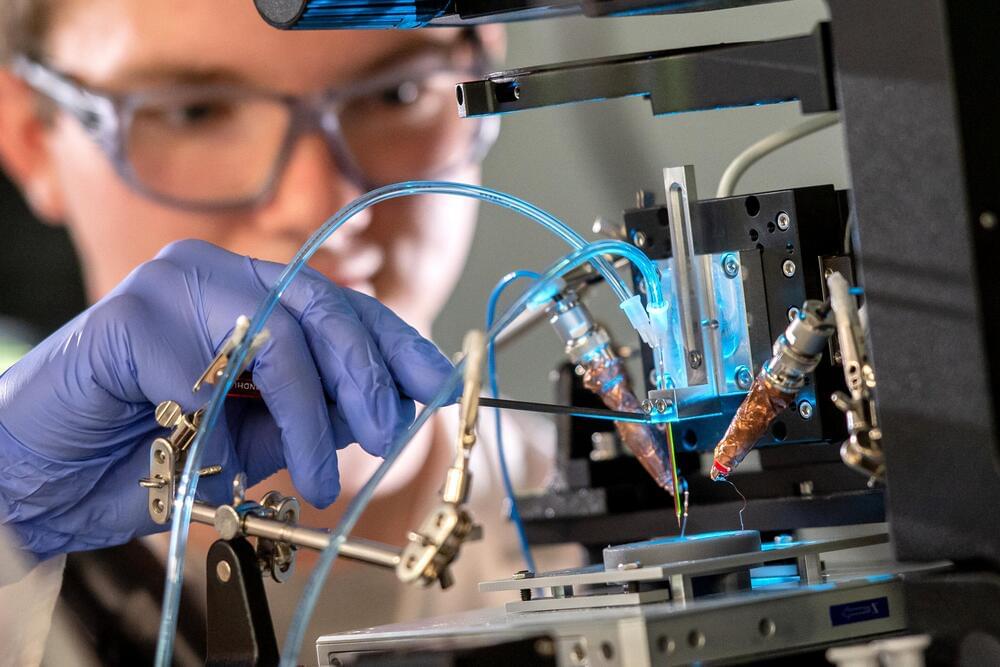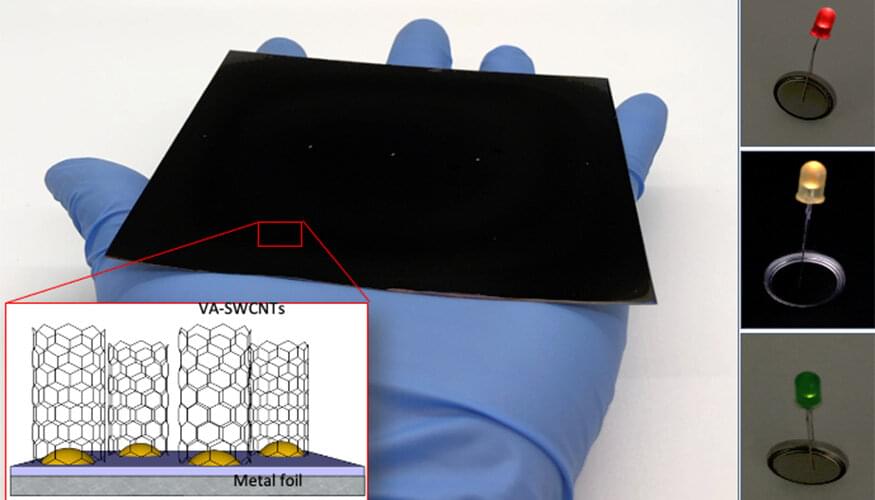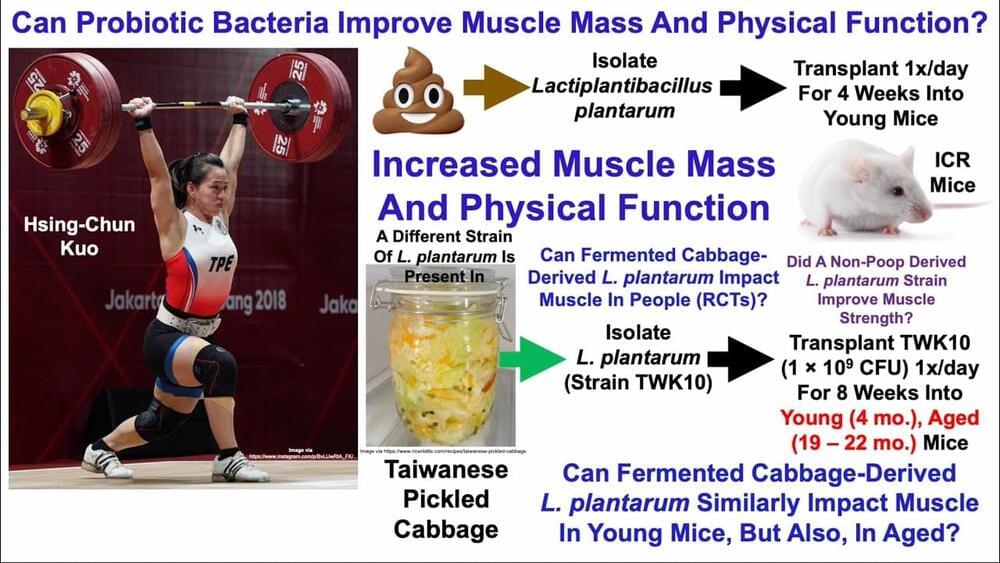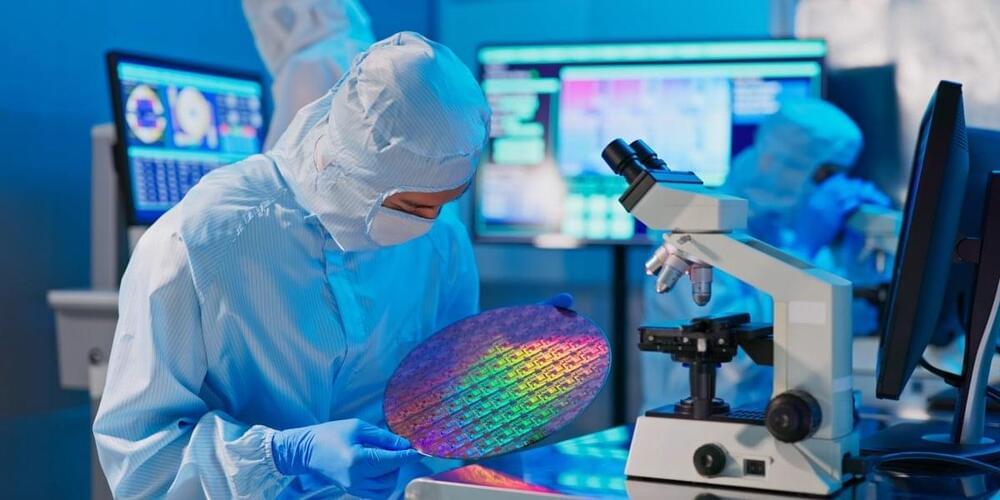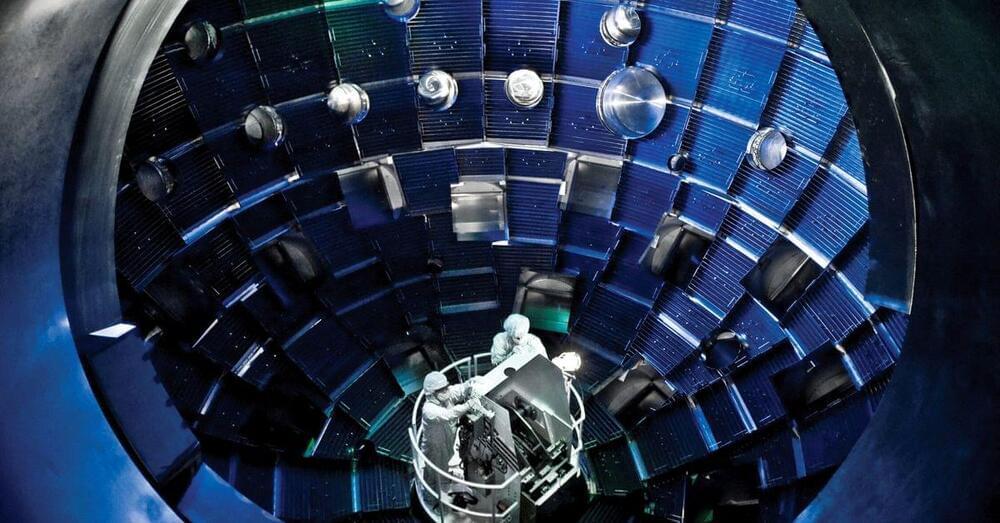Astronomical winter officially begins this Wednesday and Jack Frost will arrive in full force.
Temperatures will take a polar plunge this week, and even Florida won’t be spared, thanks to a strong high-pressure system sliding south from Canada.
“Very cold Arctic air masses will envelop much of the central and eastern half of the nation during the two week period, including the busy holiday travel season,” the Climate Prediction Center said.


